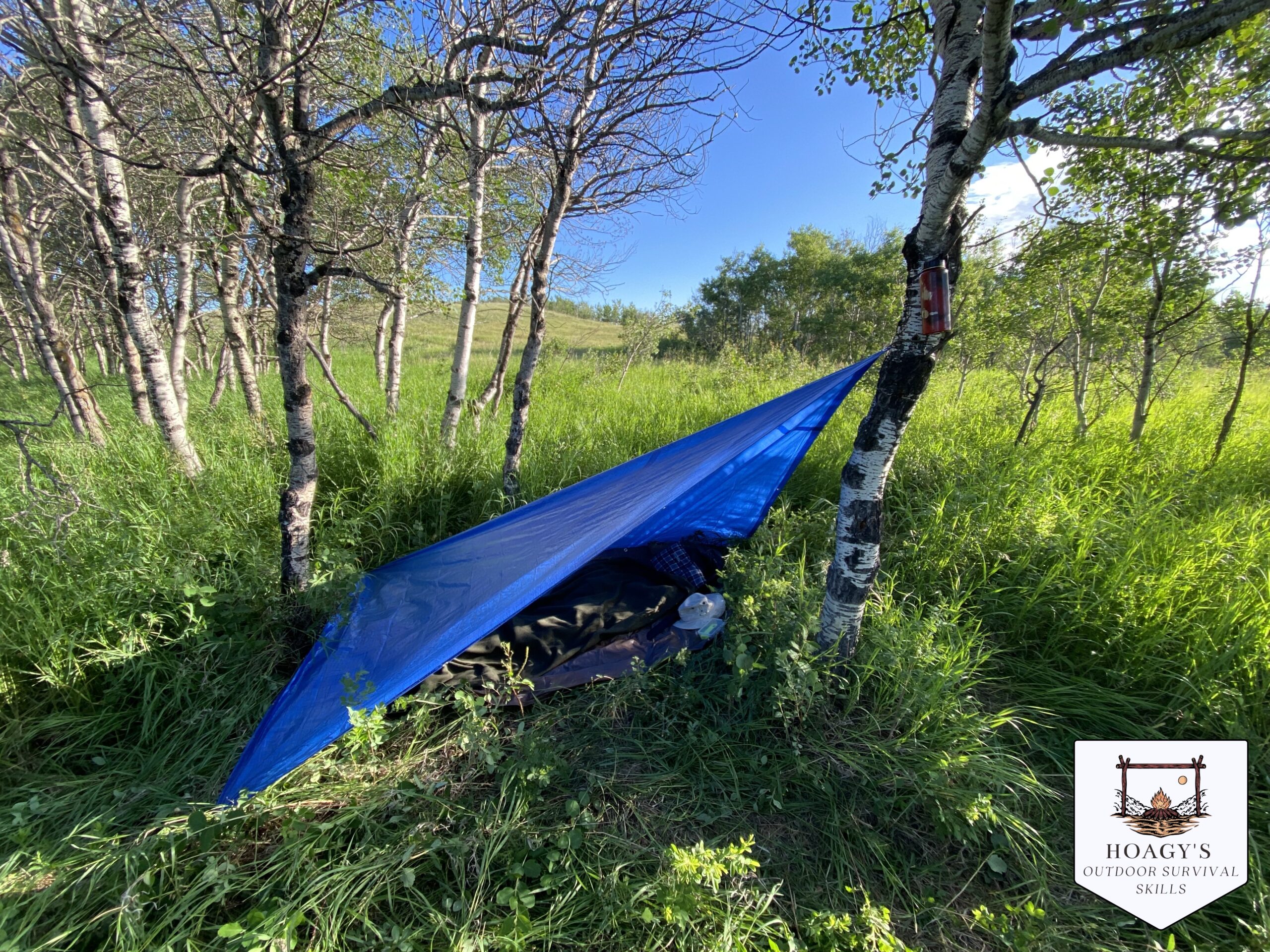What is the ultimate tool guide necessary for a survival pack? It is one that helps you find and pack the right tools for you. Survival packs contain the basic supplies for use in the environment you are going into. In most cases you will have the same items but may switch some out depending on weather, location, or how well the items work.
Here are six top considerations when creating your pack:
1. Consider how to have more than one purpose for the items you pack. Due to the limited space you have in your survival pack, being able to repurpose your items can help you out. Your cup can be used to contain water, for digging, to collect tinder, or to eat from. A reflective blanket can be used for warmth, shelter, signaling, or wind break.
2. Gear you select will always have two of the following three traits – either it’s cheap, it’s light, or it’s durable. When deciding what you want to keep in your pack, a cheap and lightweight item will not likely be durable, while a light and durable item will not likely be cheap. Lastly a cheap and durable item will not likely be light. Pick the two traits for each item based on what is most important for you to have.

Ultimately, a pack is comfortable to carry and easy to access.
3. Know how to use your equipment. When you have picked your equipment, it is important to try it out and know how to properly use it before heading out. This will give you the confidence you need to use it if you find yourself in a survival situation. Practice often in a controlled setting before heading out into the uncontrolled world.
4. Keep your tools and equipment clean and ready to use. When you use and practice with your equipment, be sure it is clean and ready to go again once you are done. After being in the field, take care to clean, repair, and replace your gear as needed. Get the pack ready again for your next trip.
This pack is separate from the rest of your gear and remains attached to you at all times.
5. Use a notebook as part of your gear. A notebook is a good way to keep track of the types of gear you have, what works well, and what you want to change about your gear. This is where you can keep track of different fire lays and how they can be used, types of simple shelters, and navigation skills including pace counts for different terrain. The Hoagy’s Outdoor Survival (HOSS) Log Book is now available for purchase. This log book is designed to provide you with a basic overview of preparation, trip details, and skills. It also includes ample room to keep your own notes and observations to regularly review and improve on.
6. Finally, you want to focus on making your survival pack inexpensive and light, but most of all convenient. Having essential items in a stand alone pack attached to your hip, leg, a large pocket or even slung across your chest keeps them close at hand and ready to be used if something has not gone according to plan.
The Pack to Survive List from Hoagy’s Outdoor Survival Skills includes a detailed listing of items for use in each area – firecraft, shelter, navigation – as well as other basic emergency aid supplies.
Until next time,
Hoagy




